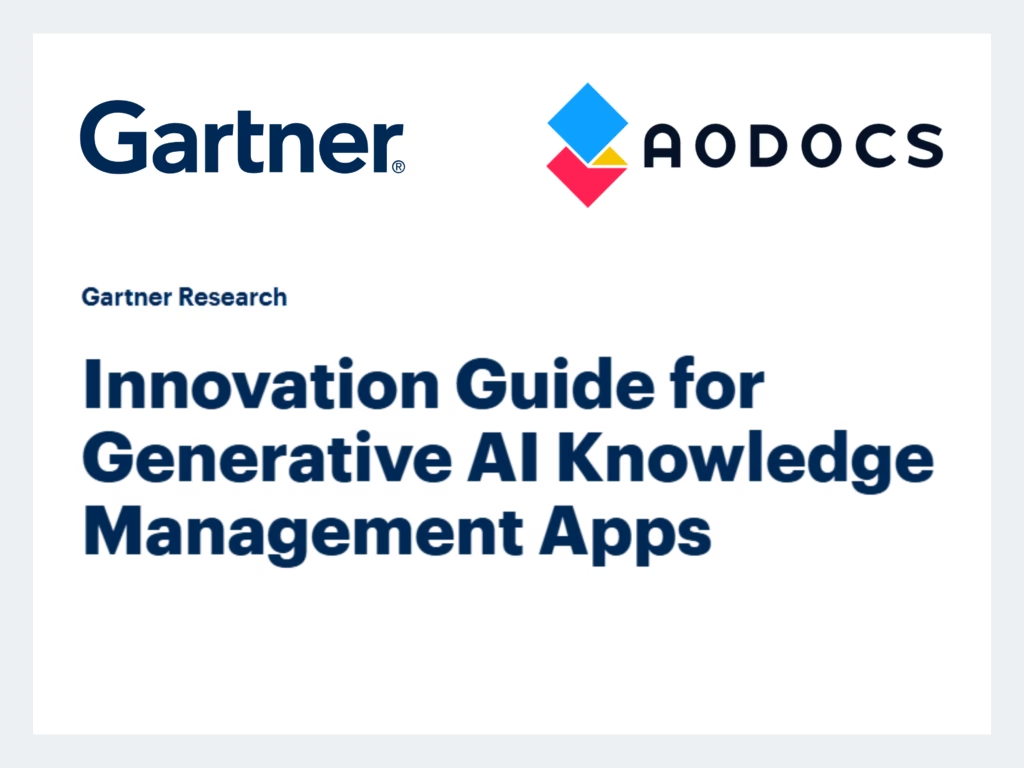Reviewing Requests For Proposals (RFP) and tender submissions can be a bottleneck and a drain for even the most experienced procurement teams. Dozens of supplier proposals, hours spent extracting key details, and endless cross-checking to make sure every option is adequately evaluated. Manual RFP reviews not only cost time and budget. They also increase the risk of missed opportunities and inconsistent decisions.
But AI is quietly changing that. When integrated with a document management platform, artificial intelligence can help procurement professionals accelerate decisions, reduce manual work, and improve consistency, without sacrificing control or compliance.
Here are three practical ways AI is helping teams work smarter across the vendor selection process.
1. Automatically Extract Key Proposal Data
Supplier responses often arrive in various formats — PDFs, Word documents, and spreadsheets — and require hours of manual parsing to capture the relevant details. AI can now extract structured data directly from these proposals: pricing, delivery timelines, warranty terms, ESG criteria, and more.
The result? A centralized, searchable, and cleanly organized set of responses that are ready for comparison, without the copy-paste.
2. Instantly Compare Offers Across Key Criteria
Once the data is captured, AI can help procurement teams go beyond cost-based decisions. Whether it’s unit pricing, offer validity, service levels, or sustainability commitments, offers can be compared side-by-side across multiple variables — all in one view.
AI-generated insights can even highlight trade-offs, flag anomalies, and help teams prioritize offers based on custom business needs.
3. Document Decisions and Improve Audit Readiness
Procurement workflows often involve multiple stakeholders and touchpoints with finance, legal, and compliance teams. AI helps create a transparent and audit-ready record of evaluations, decisions, and recommendations, reducing the burden of documentation and ensuring alignment.
This also makes it easier to collaborate and share findings across locations or departments, especially in complex procurement cycles.
Making Smarter Procurement a Reality
These capabilities are no longer hypothetical — they’re available today through enterprise tools that combine document management with trusted, transparent AI.
One example is AIDA, the AI assistant embedded in the AODocs platform. It helps procurement teams simplify and accelerate RFP reviews by extracting key data, organizing responses, comparing offers, and generating actionable recommendations — all while keeping control over content and workflows.
Ready to explore how this works?
👉 Watch the demo
👉 Learn more about AODocs for Procurement and Finance
👉 See how Trusted AI supports smarter decisions


